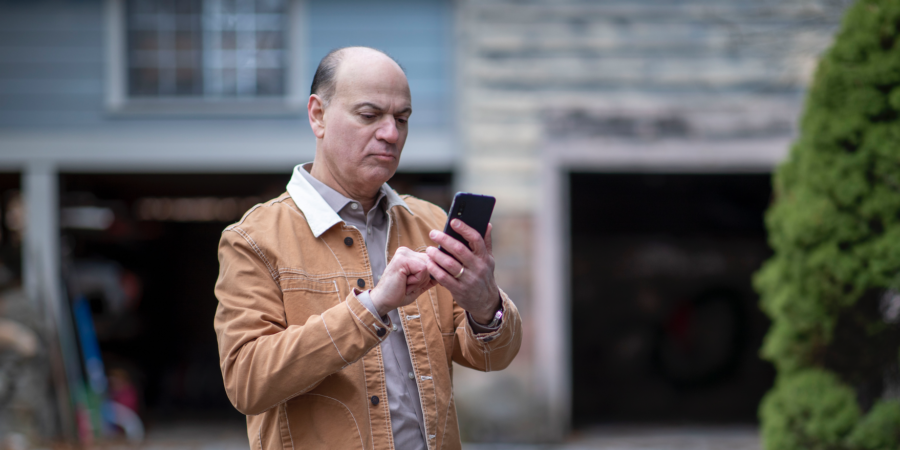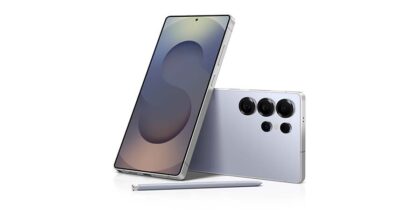You’ve taken the plunge and purchased smartphones for every critical employee in your business. Whether they’re field technicians, sales representatives or the executives who oversee these teams, they’ll now have devices that allow them to work from anywhere, opening the door to significant improvements in productivity and on-the-go collaboration.
But before you hand out the smartphones, consider this: Should you provide a protective case along with the device? A case might seem like a minor detail and is overlooked by many IT leaders planning a mobile project. But you’re making a substantial investment in buying mobile devices, and a rugged case is a smart way to protect that investment and reduce the cost of repairs and replacements.
The hidden costs of smartphone repair
In a single year, American smartphone owners spent $3.4 billion to replace broken screens. Repairing smartphones costs less than replacing them, but it’s still not cheap. The average screen repair costs more than $150, and accidents won’t be covered under the phone’s warranty (unless you purchase an extended warranty that specifically covers a dropped phone).
Phone damage also drains productivity. Time lost while an employee waits for their phone to be repaired can quickly become more expensive than the repair itself. Think of the sales representative that can’t close a deal as fast because they don’t have access to the inventory information on their device in real time, or the field service technician that can’t communicate as efficiently to get work orders from headquarters. A small investment in phone cases can deliver return on investment (ROI) quickly.
Choose the right phone for your small or midsize business
Get your free guide to matching the right smartphone with your business and employee needs. Download Now
What the decision ultimately boils down to is cost versus risk. How much will it cost to buy the cases, and how much will it cost you if an employee damages a smartphone? If your employees don’t use ruggedized phones, purchasing the cases and issuing a policy requirement that the phones must stay in the cases will likely save money in the long run. Even if you can’t buy cases in bulk, you’ll likely come out ahead if you prevent just a few breakages and some lost productivity.
The right case for the job
Deciding on the right case for your mobile deployment will depend heavily on how, where and with what peripherals your team will be using their smartphones.
- Water hazards: Most of today’s smartphones are water-resistant, so most users don’t need a specialized waterproof case. Water resistance is indicated by IP67 or IP68 certification. If your phones are at all likely to come into contact with water or dust, opt for an IP68-certified device. For those who work in or around water, a number of specialized cases offer extra protection or even enable the device to float on top of the water.
- Drop protection: Drops are the biggest threat to your phone, particularly for newer models with edge-to-edge glass screens. A case will significantly reduce the chance of a screen breaking if it’s dropped on a hard surface. If your team works outdoors or in an industrial environment, opt for a case with reinforced corners and raised bezels that protect the screen. Many of the best rugged cases combine a rubber internal slip and hard exterior for extra protection. Screen protectors are also available to protect the display. Some phones, such as the Samsung Galaxy XCover Pro, are made with MIL-STD-810 drop protection and other rugged features built directly into the device.
- Accessories: When purchasing a case, make sure it’s compatible with any other accessories that will be attached to the device, such as scanners, point-of-sale (POS) card readers or in-vehicle docks. Some cases are designed to fit a holster worn on the belt, chest or arm for easy access. Also consider access to biometric sensors, the charging port, the headphone jack and wireless charging compatibility.
Office-based workers will be well served by a basic case. A worker in the field might get the same device but a more ruggedized case and screen protector. In a retail or warehouse setting, the same device may be used for mobile POS transactions or require a case that can attach to a barcode scanner. Some employees — such as a field technician viewing documentation while conducting repairs — might require a case that can prop up the phone.
Alternatively, you can opt for a ruggedized smartphone that’s tested against MIL-STD-810 standards, such as the Galaxy XCover Pro, which doesn’t require a separate case or screen protector.
Otherwise, while most employees will be careful with their company-issued phones, providing a case to help them protect your investment is a smart move. Purchasing cases in bulk usually comes at a significant discount compared to consumer pricing, and you’ll have immediate peace of mind that your assets are protected.
Take this quick assessment to discover the smartphone most tailored to your business needs. Learn more about how rugged smartphones such as the Galaxy XCover Pro support your workers — and your business.









